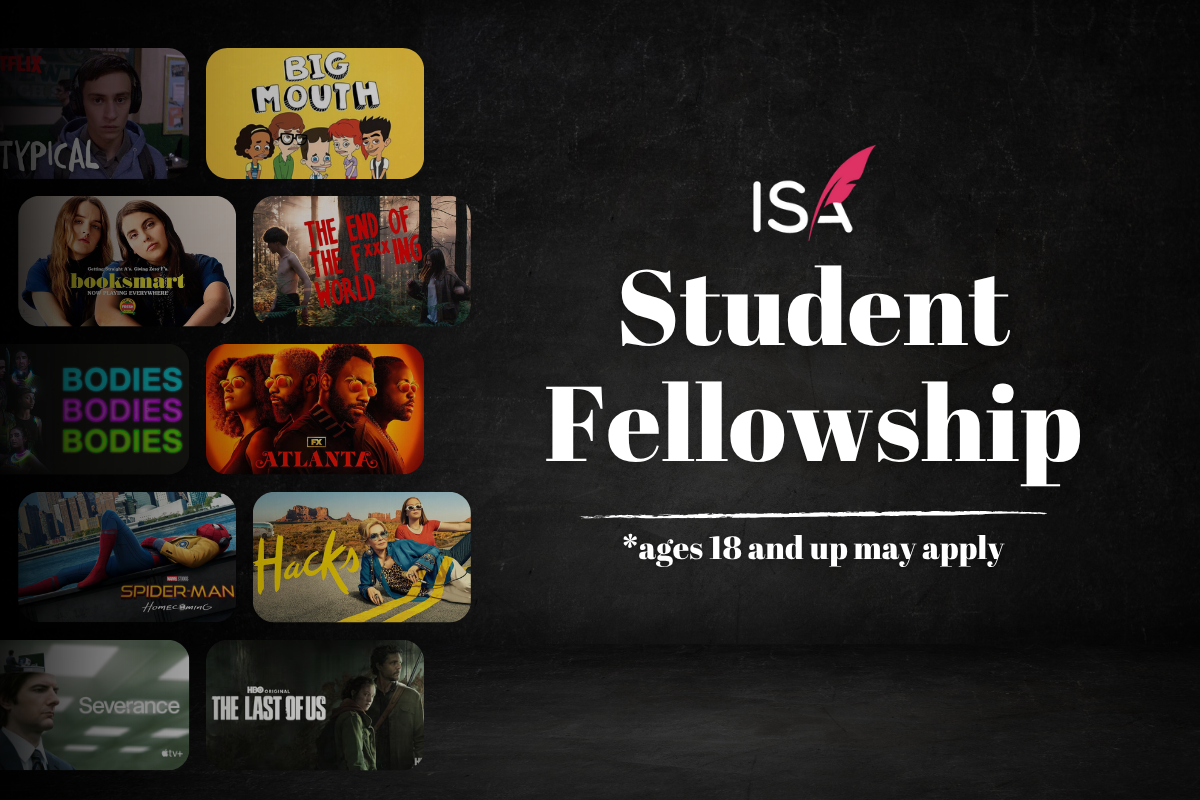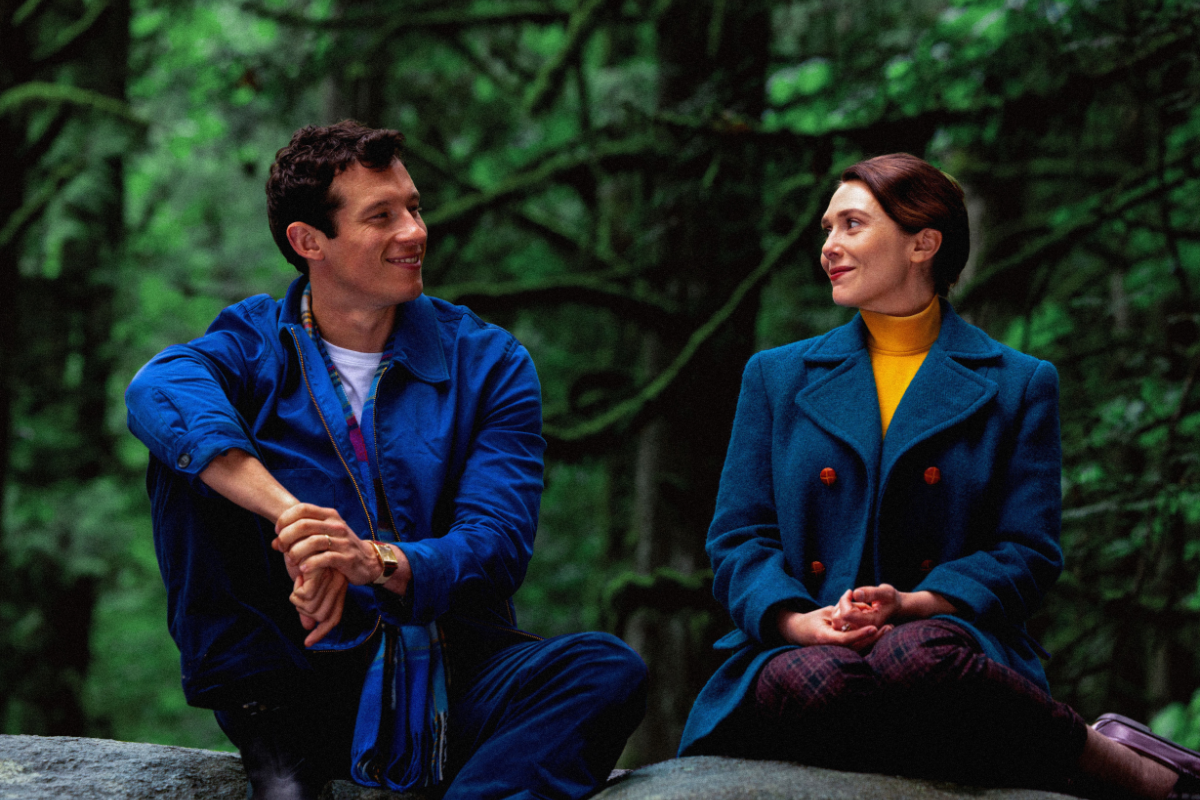Writing Wrap Up: Villains We Love to Hate – Hannibal Lecter
Villains are a powerful tool to connect with your audience and keep them riveted to your story. Audiences love villains as much as they love heroes.
Villains are a powerful tool to connect with your audience and keep them riveted to your story. Audiences love villains as much as they love heroes.
What makes a good movie? Ask yourself what you like – strong plot with twists and turns and unpredictability. A hero you like and want to root for, a love interest…and a compelling villain.
I think of these as magnets that polarize the characters and situations they repel, attract, and give a story momentum.
The bad guy (or woman) is one of the cornerstones of interesting stories, and if you look at some of the best, most creepy and haunting villains, many of the most memorable villains continually create conflict and a dynamic that keeps the audience connected to the story. Some of the infamous villains who resound with audiences are complex personalities and are worthy of reappearing in sequels, prequels, and make us want more of their… Evil. In Batman, it’s The Joker, in Dracula, the main character is so fascinating that he IS the villain.
The next time you watch one of your favorite films, one that you know well, take a look at the Villain Recipe below, and identify the traits of the villain so that you can use them for yourself. The next time you work on the characters, apply this to your own bad guy.
One of the great villains created in the past 50 years is Hannibal Lecter, in the movie The Silence of the Lambs, from the book by Thomas Harris, Red Dragon. The original film created from Harris’ book, entitled Manhunter, going on in the films that followed, and has given us a bar to reach for as far as villains are concerned. Hannibal the Cannibal was one of the key characters that inspired audiences to clamor for stories, movies and TV that feature him, Manhunter,The Silence of the Lambs, sequel and two prequels: Hannibal, Red Dragon and Hannibal Rising, and a relatively successful NBC television series, Hannibal.
Examining what makes a villain we can hate, boo, and maybe secretly admire in a sick kind of way, will give us the opportunity to analyze those traits in order to give our own villains some characteristics to draw our audience in.
Famous cinema producer, Dino DeLaurentiis, who produced over 700 films, many hits among them, saw the compelling nature and irresistibility of Hannibal Lecter right away, and he optioned the right to use that character from Harris in any future properties. This illustrates the power in stories and screenplays, of a great character to live on, whether it is in the remake, or in derivative works. While the film Manhunter, in its original release, wasn’t a giant financial hit, due in part to its misnaming in order not to compete with a Bruce Lee movie being released at that time – the movie Manhunter didn’t retain the title of the book, thereby losing some of the book’s original fans, the movie has gone on to become a cult classic, and it is a scary and triumphant cinematic experience. Silence of the Lambs isa remake of Manhunter, and went on to win multiple Academy Awards.
Today, we will use Hannibal Lecter as a villain template. Some of his characteristics are obvious; he is a murderer and eats human flesh, which is gruesome. In exchange for some freedoms, Hannibal cooperates with FBI profiler Will Graham, offering information to hunt down a killer on the loose. There are several facets that contribute to Hannibal’s draw, not just his smarts and charisma, ruthlessness and perversion, but he also has his own bizarre code of ethics.
Hi intelligence is revealed to the audience not only in the deft way he manages and negotiates for himself, escapes imprisonment, in his ability to accurately track down the killer, but also in the insane rationalization for his bizarre behaviors. He kills people he thinks commit insufferable crimes, but also those who insult his cultural sensibilities.
Select victims include a musician who played a favorite piece of his, poorly. Fellow prisoner ‘Multiple Miggs’ for insulting Clarice, and the pompous and repulsive Dr. Frederick Chilton who delights in lording his power over Hannibal in captivity. Hannibal also kills according to his moral code – he despises pedophiles.
His humor and intelligence are weapons he wields with facility at will. One of his most famous lines in Silence of the Lambs shows Clarice Starling exactly the lengths to which he will go to satiate himself.
“A census taker once tried to test me. I ate his liver with some fava beans and a nice Chianti.”
Hannibal says this to Clarice in her interview of him to beseech his expertise to help her solve a crime; it’s a masterful final stab. This intimidation comes on the heels of reducing her to insecurity with a 30-second character assessment:
“Do you know what you look like, you look like a rube. A well-scrubbed, hustling rube, with good nutrition's given you length of but you're not more than one generation from poor white trash, are you? And that accent you've tried so desperately to shed – pure West Virginia. What is your father, dear? Is he a coal miner? Does he stink of the lamp? How quickly the boys found you. All those tedious, sticky fumblings in the back seats of cars, while you could only dream of getting out, getting anywhere, getting all the way to the FBl.”
With these two moves, Hannibal sums her up and reduces her to an insecure young woman who’s trying desperately to climb above her station. His psychological power over others is exhibited many times, and his humor he tosses aside in succinct dialogue:
“I do wish we could talk longer but I'm having an old friend for dinner.”
What he have to hate about him includes his sociopathic personality, vanity and narcissism. But there is much to admire about his personality. Lecter possesses superior intelligence, a sense of perverse humor, a personal moral code, charisma, steely will, and cunning. His will is so powerful toward himself that he performs surgery on himself, fixing a finger and performing his own plastic surgery.
He likes and begins to help – even mentor Clarice Starling, becoming enamored of her, for her wits, tenacity, smarts, fragility and beauty. She’s easy to admire, so much so, that he falls in love with her, and it makes us like him in spite of himself. This combination of likeability and personality traits to admire mixed with his cannibalistic, sadistic acts, fuse a personality that draws an audience in.
Cooking Up Your Villain: A Recipe
In the creation and baking of your villain, here is a recipe that is not simple, but is effective and a fun way to approach creating your own nemeses to ramp up the conflict in your own story.
Ingredients
- 3 Characteristics to Despise
- 3 Characteristics to Admire
- A Compelling back story that motivates our Villain
- 1 Soft Spot or Weakness
If we apply the recipe to Hannibal Lecter it may look something like the following.
Hannibal Recipe:
- 3 Characteristics to Despise: vanity, sadist, sociopathic personality and narcissism, cannibalism, arrogance, controlling nature, superiority complex, at times a callous and ruthless murderer.
- 3 Characteristics to Admire: intelligence, sophistication, love of culture and beauty, an ability to blend into normal society when he desires, humor, debonair style and charisma, attraction and loyalty to Clarice and a willingness to help her, a hatred of pedophiles.
- A Compelling back story that motivates our Villain: Hannibal Lecter was a young man living in Eastern Europe during World War II, and was very close to his younger sister Mischa. As his family was held hostage and starving, the family had to turn to cannibalization of Mischa. Lecter lost his faith and became obsessed with cannibalism. His life is then dedicated to avenging his sister, and his obsession rules everything he does from then on.
- 1 Soft Spot – His weakness is a sentimentality for his dead sister Mischa and Clarice, a wish to bring Mischa back through Clarice, protectiveness toward children.
How can we use Thomas Harris’ original character, Hannibal Lecter for ourselves? Take a look at your own villain, what three traits does she or he have that one can despise, admire, what is their back story, and what is their soft spot or weakness? If you cannot answer those quickly and easily, come up with these ingredients to spice up your villain and heat up your overall script.
Related Articles and Tools to Help:
Get help creating your characters with
How to Create a Badass Main Character In Any Genre Webinar by Pat Verducci
Paula Landry, MBA, is a writer/producer and consultant helping artists find deeper meaning in their work and create strategies to stay inspired, fusing business & creativity. Landry creates media business plans, marketing plans, movie budgets, coaching artists and teaching film business classes at NYU, SVA, Wagner College, The Actors Fund and MCNY. She’s co-authored The Business of FILM and Sell Your Screenplay in 30 Days, and is the author of Scheduling and Budgeting Your Film. Clients include Christie’s, Forbes, EW, GQ, Pearson TV, Game Show Channel to name a few. Her films have debuted at Sundance, CineVegas, winning awards from Columbia Pictures Screen Gems, Time Warner Showtime Audience Award, and WorldFest Houston Film Fest. Connect via LinkedIn, @paulalandry on Twitter, email: paula@paulalandry.com or Facebook #filmdreamers #mediaentrepreneurs #aflickchick







